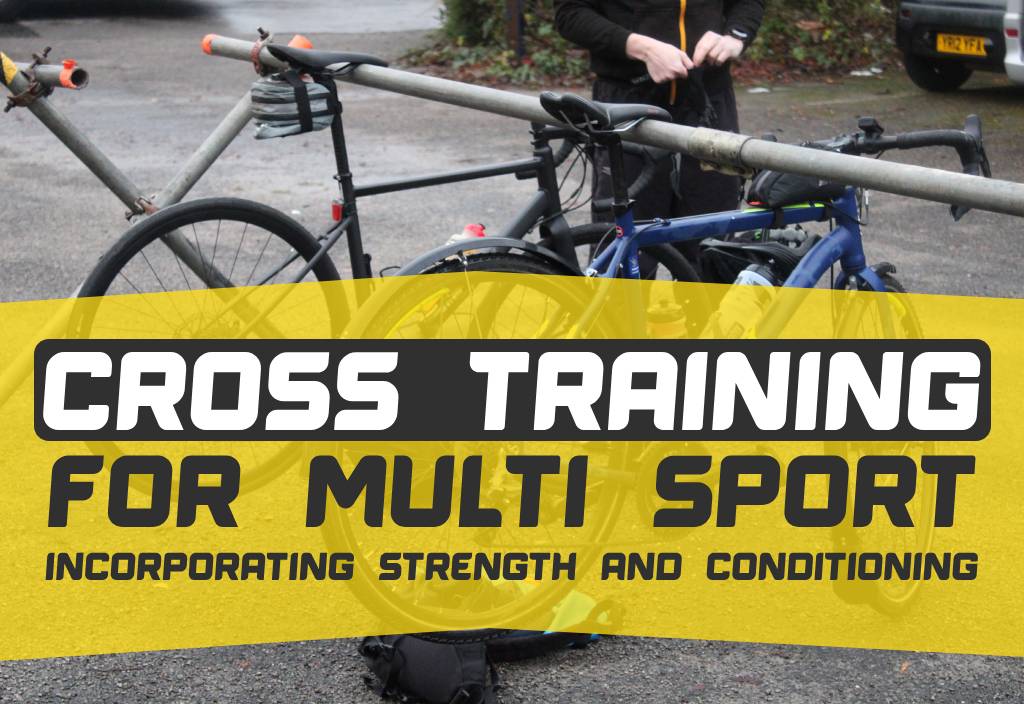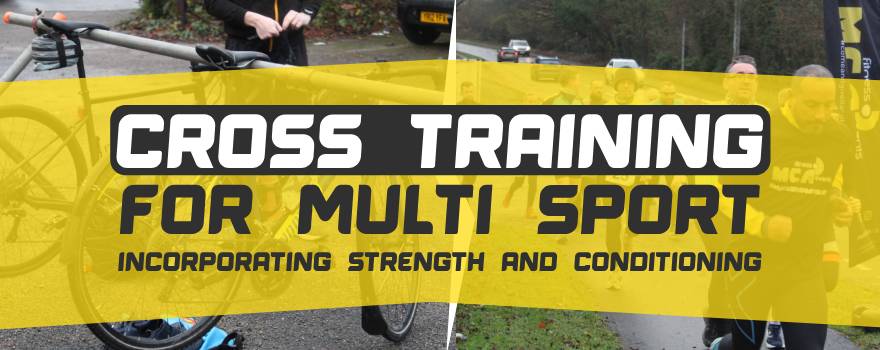
Endurance plays a crucial role in multisport events, providing athletes with the ability to sustain high-intensity efforts over extended periods. Whether you’re training for a triathlon, duathlon, or aquathlon, building endurance is essential for improved performance and achieving your goals. In this blog post, we will delve into the importance of endurance training, explore different types of workouts, provide sample training plans, and offer valuable tips and strategies to help you build endurance effectively. Get ready to push your limits and take your multisport journey to new heights!
- Understanding the Importance of Endurance; Endurance serves as the foundation for success in multisport events. It allows athletes to maintain a steady pace, resist fatigue, and perform at their best throughout the race. Building endurance enhances aerobic capacity, improves cardiovascular health, and increases the body’s efficiency in utilizing oxygen. By developing endurance, athletes can sustain higher power outputs and cover longer distances with ease.
- Different Types of Endurance Workouts; In the pursuit of building endurance, incorporating various types of workouts is crucial. Long, steady, and interval-based workouts each have their own benefits and should be integrated into training plans. Long workouts build aerobic capacity and mental stamina, while steady-state efforts enhance lactate threshold and promote sustained efforts at a high intensity. Interval-based workouts improve speed, power, and anaerobic fitness. By incorporating a combination of these workouts, athletes can develop a well-rounded endurance base.
- Incorporating Progressive Overload and Periodisation; To continually build endurance, it is important to incorporate principles of progressive overload and periodisation into your training. Progressive overload involves gradually increasing the intensity, duration, or frequency of workouts to stimulate adaptation. Periodisation involves dividing training into distinct phases, with each phase focusing on specific goals. By manipulating training variables and strategically planning your workouts, you can optimise endurance gains and prevent plateaus.
- The Benefits of Cross-Training for Endurance; Cross-training, or engaging in different activities outside of your primary discipline, can provide significant benefits for endurance development. Incorporating activities such as swimming, cycling, or strength training helps to target different muscle groups, prevent overuse injuries, and maintain overall fitness. Cross-training also adds variety to your training routine, keeping you mentally engaged and motivated.
- Monitoring and Tracking Endurance Progress; Tracking your progress is essential to assess the effectiveness of your endurance training. Monitoring metrics such as heart rate, pace, and perceived exertion can help gauge improvements and guide future training adjustments. Additionally, keeping a training journal and utilizing technology, such as GPS watches or fitness apps, can provide valuable insights into your endurance development.
- The Importance of Rest and Recovery; Rest and recovery are integral parts of building endurance. Adequate rest allows the body to repair and adapt, preventing overtraining and reducing the risk of injury. Incorporate rest days into your training schedule and prioritize quality sleep to optimise recovery. Active recovery activities, such as light stretching or yoga, can also promote blood flow and aid in muscle repair.
- Strategies for Mental Fortitude and Motivation; Endurance training requires mental fortitude and motivation. To stay mentally strong during long training sessions, break them down into smaller, manageable segments, and focus on staying present in the moment. Establishing goals, visualizing success, and finding a support system can help maintain motivation and overcome mental blocks.
- Overcoming Common Challenges in Building Endurance; Building endurance is not without its challenges. Plateaus, fatigue, and lack of motivation can hinder progress. However, by implementing strategies such as cross-training, adjusting training variables, seeking professional guidance, and embracing the journey, you can overcome these obstacles and continue to build endurance.
Building endurance is a continuous process that requires commitment, perseverance, and a well-designed training plan. By understanding the importance of endurance, incorporating various workouts, and implementing strategies for progress and recovery, you can unlock your full potential as a multisport athlete. Stay focused, embrace the challenges, and enjoy the journey as you build the endurance necessary to conquer your multisport events.





